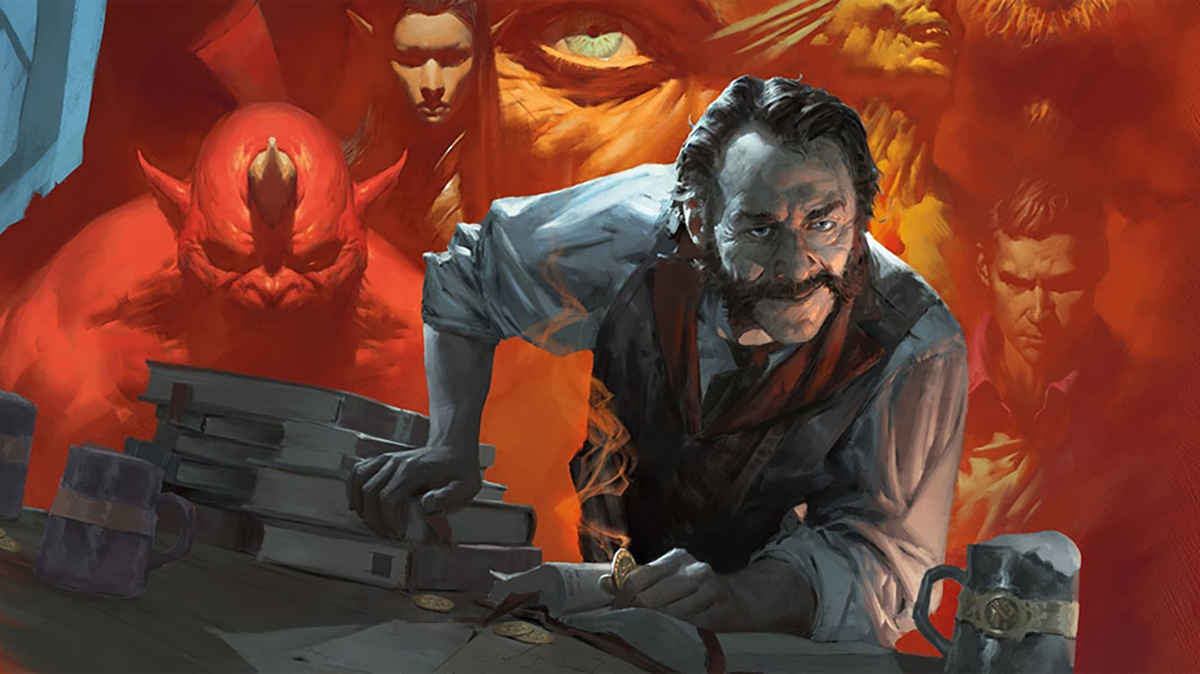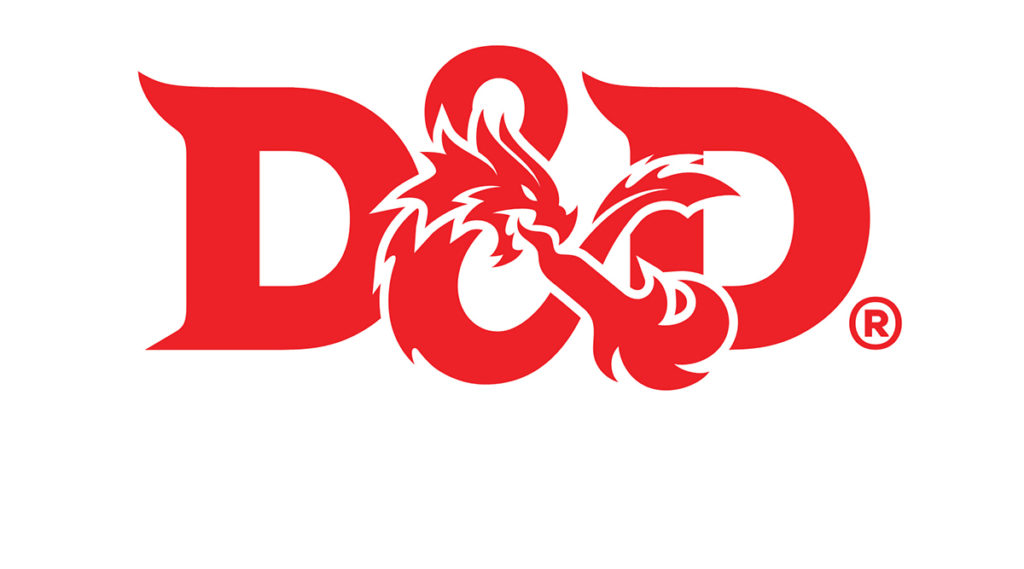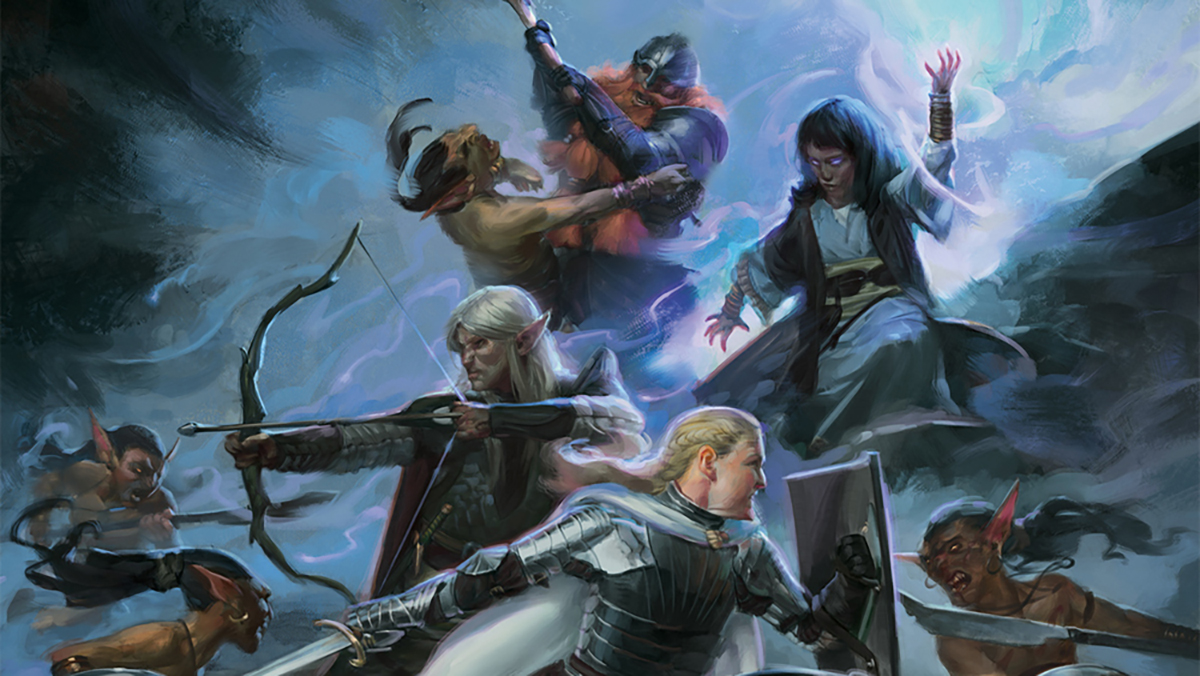This is my inevitable Dungeons & Dragons blog post
Dungeons & Dragons is in the midst of a renaissance. With the release of 5th Edition, and shows like Critical Role and The Adventure Zone capturing impressive audiences, the game is more accessible than it’s ever been.
Anyone here at ECG will tell you that I am utterly, hopelessly, obsessed with D&D. I’m the Dungeon Master for our group here at work, and I DM for another campaign as well, in addition to having characters active in several other groups.
Like I said: obsessed.
To me, the game itself is fascinating. It can take cliche fantasy plots and settings, and turn them into uniquely memorable experiences. The collaborative nature of the storytelling is key to that.
At its core, D&D is about a group of people coming together to tell a story. In many ways, its similar to the creative work we do every day. Conceptually, a creative meeting to brainstorm ideas for a commercial or a TV show, and a session of D&D, aren’t that different.

1) The obvious
A bunch of people are sitting around a table, or phoning in. There’s a central concept in mind; a situation that the group is trying to figure out. They’re all coming from different backgrounds, bringing ideas to the fore. Those ideas combine, separate, and recombine in new and unexpected ways. At the end of the day, you’re in a different place than you started, without moving.
2) You can’t let your PRIDE get in the way
You might like your concept a lot. It’s easy to envision in your mind exactly what should happen. Even so, if the other members of the group aren’t into it, it won’t happen. And it’s important to let that go. Even if you wrote out a detailed plan for how things should go. You have to willing to part with it, or let the other members of the group run with your idea in a new direction. Everyone will be better for it.
3) There are different ways to “play the game”
There are a plethora of player “types” in D&D. I don’t mean in-game classes and races, I mean personalities. Some people are quiet and don’t speak unless they have something specific to add. Some people are the leaders, spitting out idea after idea for the group to approve, or not. Really, in either case, the only thing you can do wrong is refuse to engage. You have to buy in.
4) A bad idea isn’t always a bad thing
Both in D&D and any creative meeting I’ve ever attended, bad ideas are important. In the former, they can lead to hilarity or heartbreak, but they always make things interesting. In the latter, they serve to get the conversation going. You don’t like an idea? Why? What can we do to make it better? You need a jumping off point, and sometimes the best choice is just to say whatever you’re thinking and let things go from there.
What’s the big takeaway?
Working together can be a challenge. Sometimes you have a vision, but it just doesn’t work out. As a Dungeon Master, the worst thing I can do is prevent the party from doing what they want. You can’t shut out other people’s suggestions, or discount the moves they make.
That doesn’t mean every idea is created equal, but it’s usually about building off a series of suggestions. Sometimes things just won’t work, but no one is worse for it being out there. You have to allow the story to evolve organically. That’s always what gets the best result.

To do otherwise in Dungeons & Dragons is called “railroading.” Essentially, it means that the DM isn’t allowing the story to progress where their players want. Contrivances and plot conveniences litter the landscape.
There’s another name for that result in a creative business.
It’s just bad writing.


